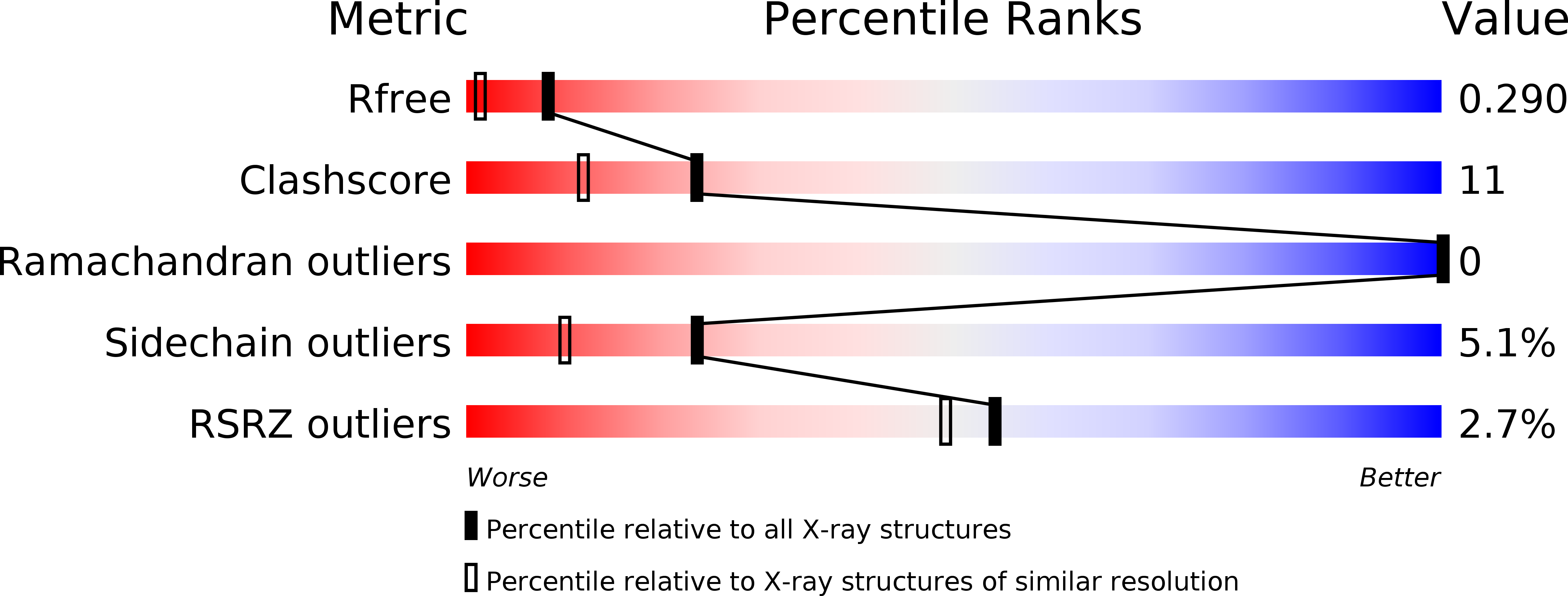
Deposition Date
2010-10-13
Release Date
2011-01-26
Last Version Date
2024-02-21
Entry Detail
PDB ID:
3P8B
Keywords:
Title:
X-ray crystal structure of Pyrococcus furiosus transcription elongation factor Spt4/5
Biological Source:
Source Organism:
Pyrococcus furiosus (Taxon ID: 2261)
Host Organism:
Method Details:
Experimental Method:
Resolution:
1.80 Å
R-Value Free:
0.29
R-Value Work:
0.23
R-Value Observed:
0.23
Space Group:
P 2 21 21


